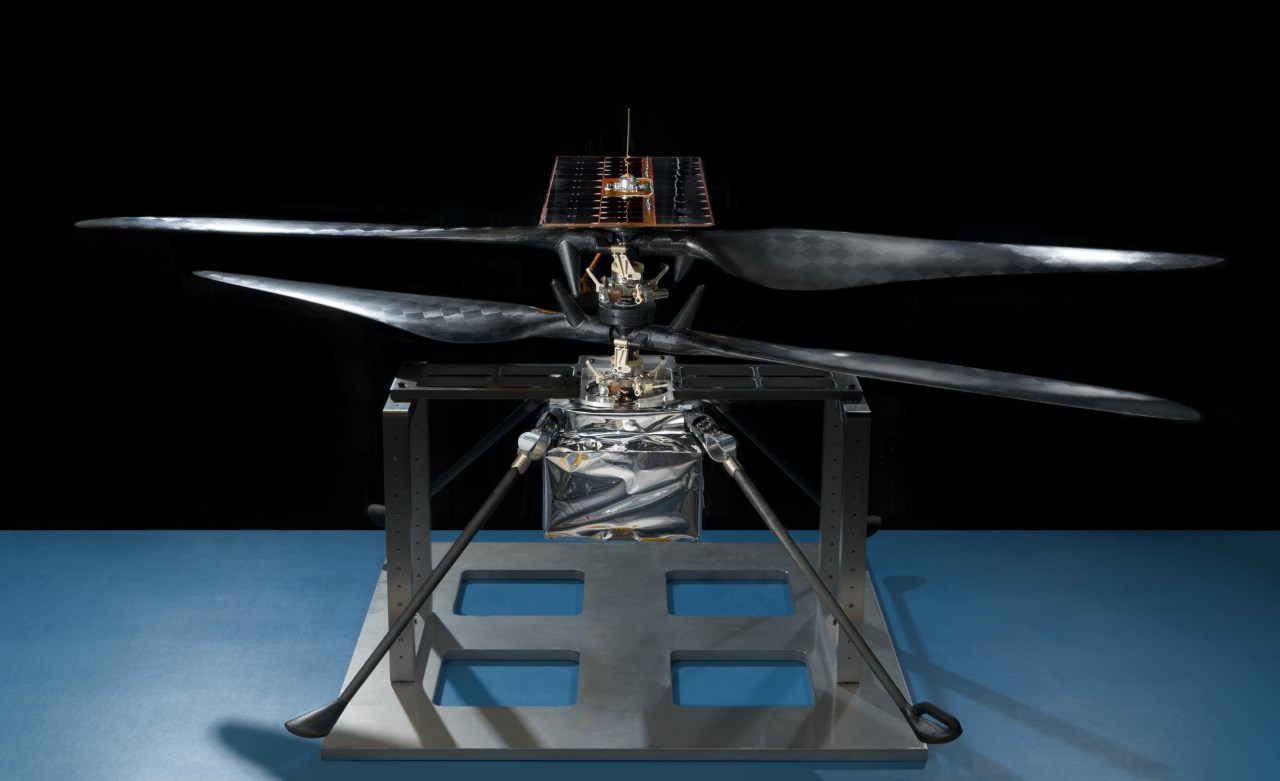As humanity pushes the boundaries of exploration, the quest for knowledge takes us to new heights—literally. Nestled within the cutting-edge Mars 2020 rover, an innovative little helicopter is set to etch its name in the history of space exploration. This will mark the first time a heavier-than-air craft is attempting powered flight on another planet, paving the way for unprecedented adventures on Mars.
The Journey to Mars Begins
The Mars 2020 mission, with its launch scheduled for the summer of 2020, serves as a thrilling adventure that will provide invaluable insights into the Martian environment. At the heart of this mission is the ingenious Ingenuity helicopter, engineered to handle Mars’ challenging atmospheric conditions, which consist of a mere 1% of Earth’s air pressure. Imagine piloting a helicopter at an altitude equivalent to flying 100,000 feet above ground—this is the type of engineering challenge that the team at NASA’s Jet Propulsion Laboratory (JPL) embraced head-on.
First Flights: Testing the Limits
Recently, the development team performed successful test flights in a controlled environment that mimics the Martian atmosphere. The helicopter, weighing in at around four pounds and made up of over 1,500 parts, achieved a significant milestone by hovering a mere two inches above the ground for a total of one minute during two separate test sessions. MiMi Aung, the project lead, expressed her excitement, saying, “The next time we fly, we fly on Mars!” The tests demonstrated the craft’s ability to maintain stable flight under conditions that would challenge any earthbound aviator.
Engineering Marvels: A Design Built for Mars
The engineers utilized a unique test rig that replaced the air in the chamber with a thin, carbon dioxide mix, imitating the Martian atmosphere. Additionally, they employed a gravity offload system that simulated Mars’ lower gravity, allowing the helicopter to take flight without the challenges of Earth’s gravitational pull. This engineering precision showcases the foresight and thoughtfulness that went into designing a craft capable of conquering Mars’ atmosphere.
Autonomous Exploration: The Age of Self-Sufficient Technology
One of the most exciting aspects of Ingenuity is its autonomous operation. A characteristic inherent to successful missions, autonomy allows the helicopter to navigate without waiting for commands from Earth, a necessity given the 30-minute communication delay. With its solar cells and batteries, the helicopter is equipped to conduct flights that will span distances of up to several hundred meters from the rover, embarking on a 30-day exploration period where each flight will build upon the last.
What Lies Ahead?
As we stand on the brink of this historic mission, the potential for discovery is immense. The Ingenuity helicopter will not only enhance our understanding of Mars but also lay the groundwork for future aerial exploration on other celestial bodies. As NASA’s ongoing endeavors with the Curiosity and Insight rovers continue, the addition of an aerial component signals a bold step forward in planetary exploration.
Conclusion: A Leap into the Void
The dream of powered flight on another planet is becoming a reality, and with it comes increased opportunities for scientific breakthrough. The Mars 2020 mission, augmented by Ingenuity, is not just about exploration—it’s about the future of space travel. The world watches, holding its breath as we prepare to launch our successful takeoff into interplanetary history. At **[fxis.ai](https://fxis.ai)**, we believe that such advancements are crucial for the future of AI, as they enable more comprehensive and effective solutions. Our team is continually exploring new methodologies to push the envelope in artificial intelligence, ensuring that our clients benefit from the latest technological innovations.
For more insights, updates, or to collaborate on AI development projects, stay connected with **[fxis.ai](https://fxis.ai)**.

